Report this entry
More from the same community-collection
Mounted Policemen on Santa Fe Street - 1901
Mounted policeman on horseback. All wearing dark colored ...
Texas Rangers in Front of El Paso County Court House
Group of Texas Rangers on the steps of the El Paso County Court ...
Seven West Texas Sheriffs - El Paso, Texas
Seven West Texas Sheriffs in front of Target Range holding ...
International Mining Congress Delegates
Group of International Mining Congress Delegates. All dressed in ...
Street Scene at Corner of S. Stanton and Fifth Street - 1905
The image depicts a street Scene at the corner of South Stanton ...
Three Children on Donkey - 1910 - 1919
Three children on a donkey--a woman, maybe their mother, to the ...
First Baptist Church on Magoffin Avenue
The picture shows the second building of the First Baptist ...
El Paso, Texas Chamber of Commerce in 1910s
Image of the building of Chamber of Commerce in the 1910s.
Texas Western College in 1920 - El Paso, Texas
Kelly Hall--Texas Western College before it changed its name to ...
Grand Central Hotel - El Paso, Texas
The Grand Central Hotel was situated at Pioneer Plaza, at the ...

















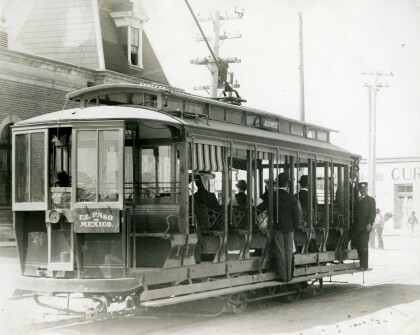

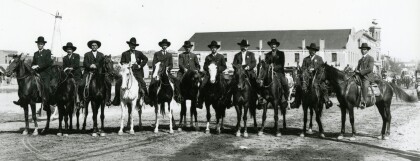
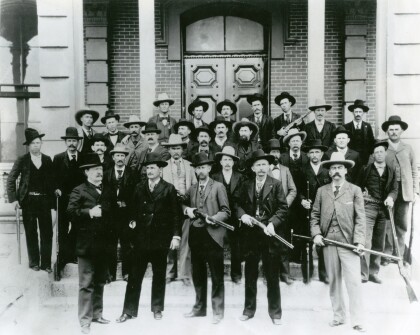
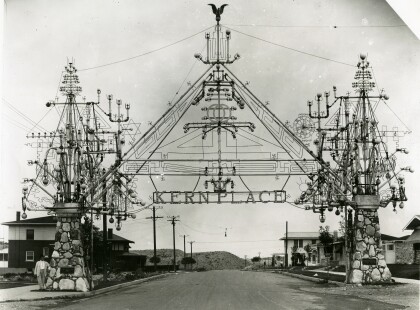
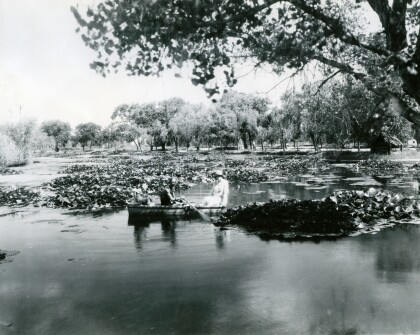
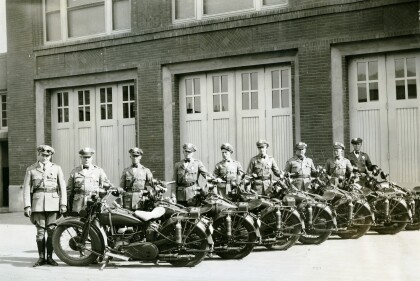
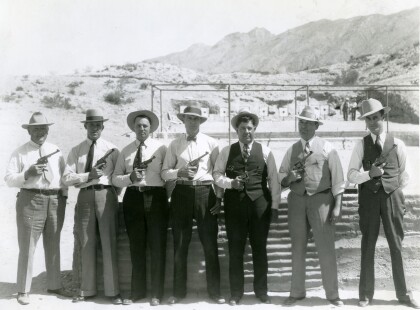
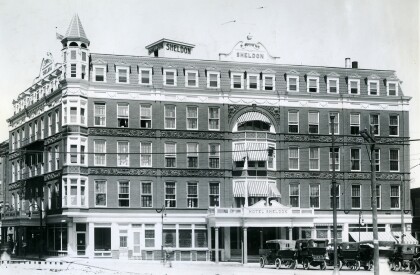
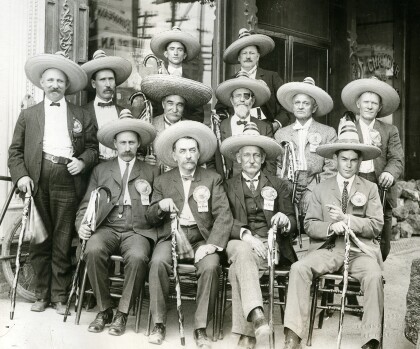
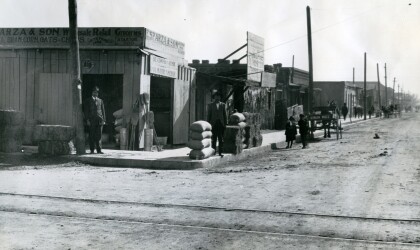
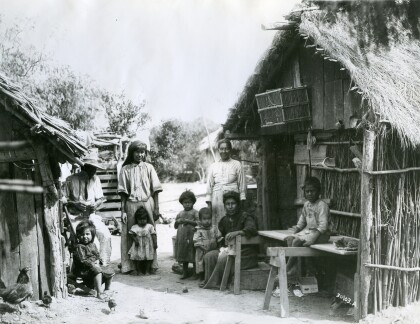
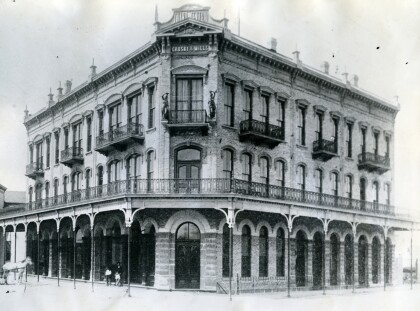
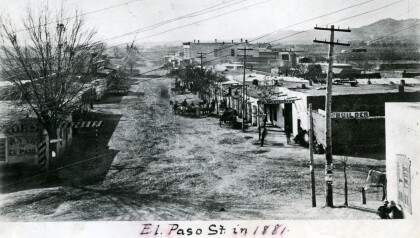
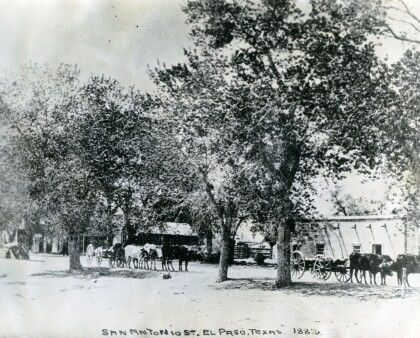
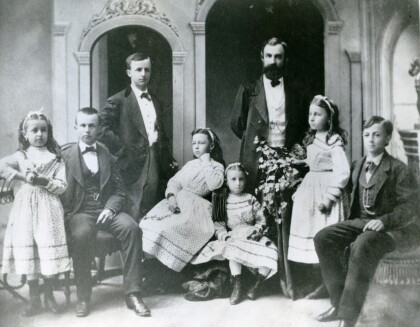
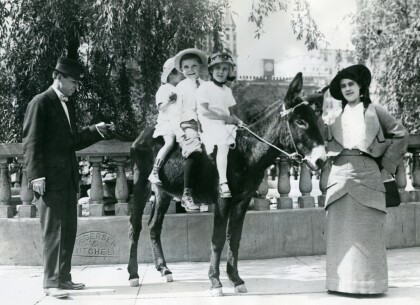
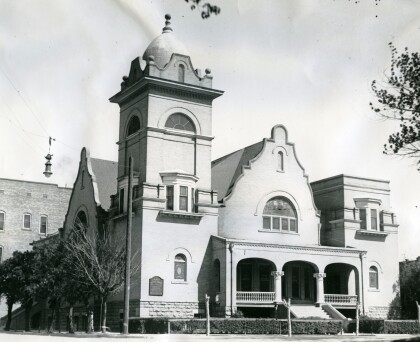
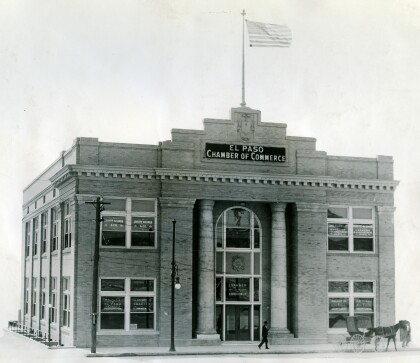
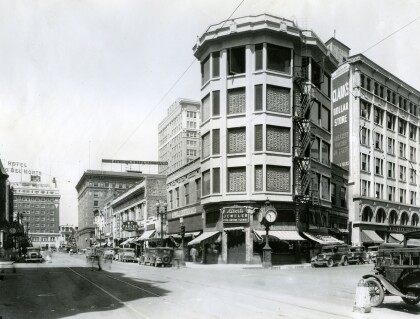
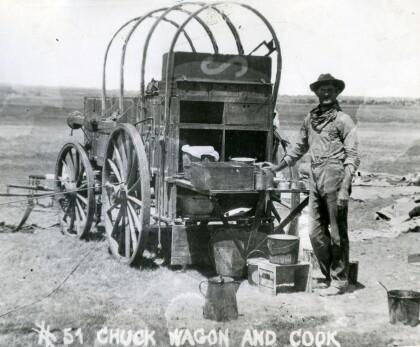
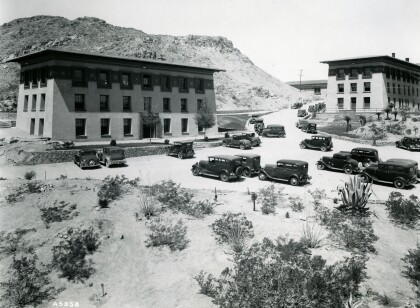
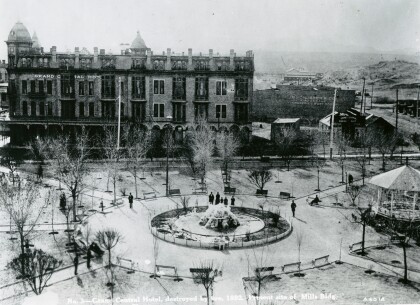
Comments
Add a comment